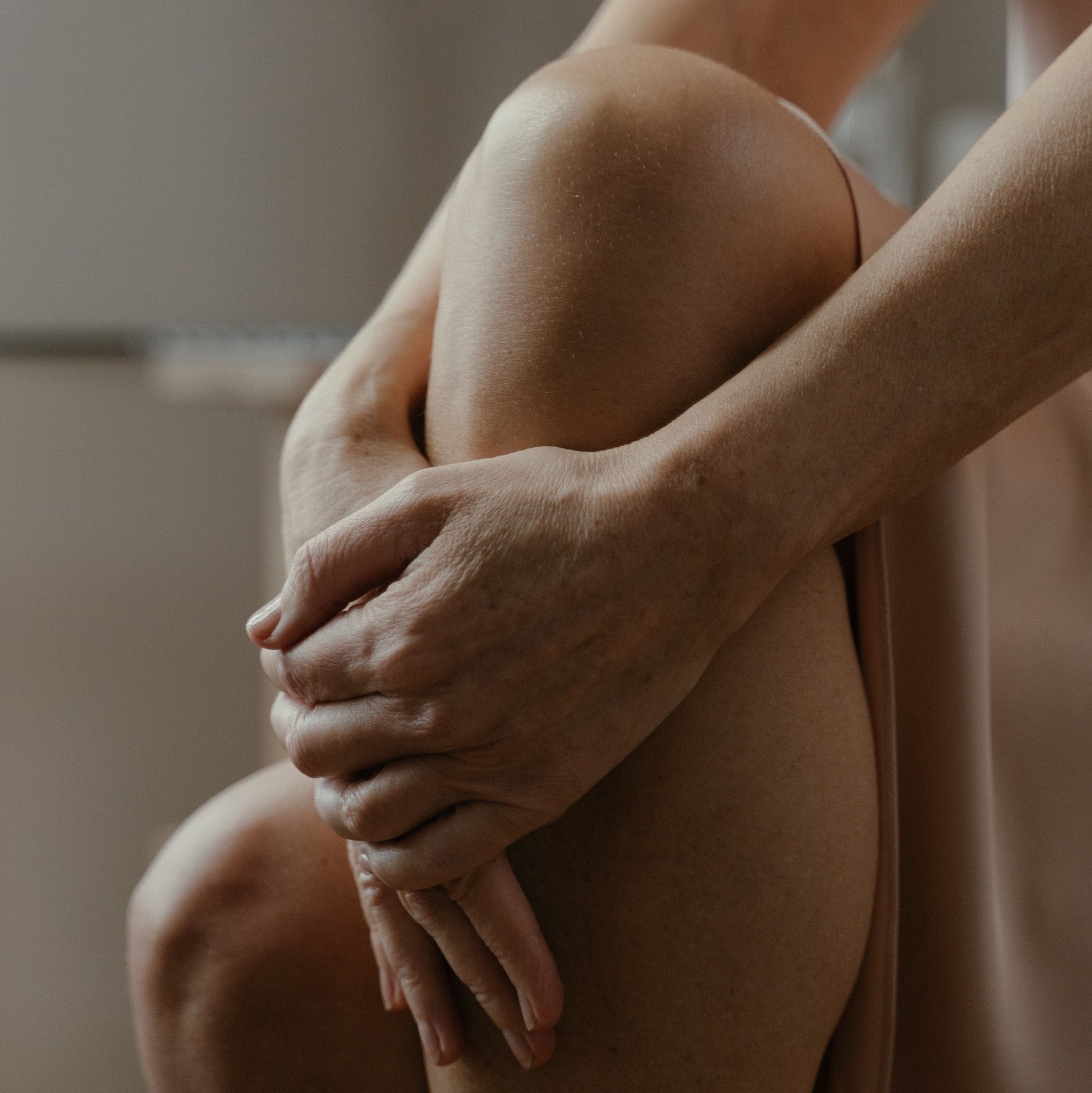Article
Treating Knee Osteoarthritis with Pulsed Low-Intensity Ultrasonogrpahy
Author(s):
Investigators examined the effect that pulsed low-intensity ultrasonography had on symptom relief and tibiofemoral articular cartilage thickness among patients with knee osteoarthritis.

Osteoarthritis (OA) affects close to 27 million individuals in the US and costs an estimated $80 billion every year. Even though osteoarthritis is a substantial cause of disability, there are no approved treatments that actually slow its progression.
Allen Switzke, MD, Department of Medicine, University of Utah, led a team of investigators in implementing 48 weeks of pulsed low-intensity ultrasonography (PLIUS) treatment for 132 adult patients to see if this approach could be viable for this population.
Ultimately, implementing pulsed low-intensity ultrasonography in this study didn’t show symptomatic relief in patients with knee osteoarthritis or decrease the loss of tibiofemoral cartilage thickness. However, investigators noted that the research provided subjective, objective, and biomarker information which can aid in future trial design.
The Motivation
“By 2030, an estimated 60 million people in the US will be affected.5 Medical management at present is directed only at symptom relief6 and, at best, has marginal long-term efficacy,” investigators wrote. “Osteoarthritis is known to occur disproportionately in members of the armed services,7 with the burden of disease evidenced by the fact that within the Veterans Affairs system, total knee replacement is a very common elective surgical procedure.”
According to previous research, pulsed low-intensity ultrasonography has shown to assist in healing fractures and increase cartilage matrix production. PLIUS has been associated with success in overall cartilage improvements in vitro and animal studies, as well as the repair of cartilage and reduced osteoarthritis symptoms in preliminary studies with patients.
The Study
This study presented a sham-controlled, parallel, double-blind, phase 2A randomized clinical trial to build on preliminary findings. Patients with a previous service history were recruited from the Department of Veterans Affairs in Salt Lake City, Utah or San Diego, California between May 2015-January 2019. Investigators analyzed the data from June 2020-October 2020.
There were 3 distinct phases that made up the study: period 1, initial screening; period 2, a 4-week pre-randomization sham run-in period for the patients to develop facility in using the device; period 3, a 48-week sham-controlled treatment period.
Pulsed low-intensity ultrasonography or sham control was self-administered daily for 20 minutes. Patients were evaluated at baseline and 2, 4, 8, 12, 24, 36, and 48 weeks following randomization.
Up to 3000 mg/d of acetaminophen and/or up to 200 mg/d of immediate-release tramadol was permitted for severe knee pain except the 24 hours before each clinical evaluation. Additionally, for pain unrelated to osteoarthritis, a stable daily dose of nonsteroidal anti-inflammatory drugs were allowed.
The Results
In the PLIUS group, 70.4% experienced symptomatic improvement, which was one of the primary endpoints, with 67.3% of patients in the sham control group (P = .84). No statistically significant difference was found in response rates between treatment groups, and the between-group rate difference of 3.1% did not meet the predefined 10% threshold for clinically significant symptomatic improvement from application of PLIUS, investigators wrote.
The mean central medial femoral condyle cartilage thickness reduction of 73.8 mu in the PLIUS group and 42.2 mu in the sham control group did not reach statistical significance. ( P = .44). The between-group difference of -31.7 mu also did not meet the predefined threshold.
“Although PLIUS benefit was not observed and promising signals for future investigation were not immediately apparent, this clinical trial provides subjective, objective ( joint space width by radiographic and cartilage thickening by MRI), and biomarker information,” investigators wrote. “This information may aid future trial design by better defining expected ranges of values and rates of change. No signal was identified in this 48-week trial to suggest that PLIUS, applied as described, provides benefit for either OA symptoms or cartilage loss in knee OA.”
The study, “Effect of Pulsed Low-Intensity Ultrasonography on Symptom Relief and Tibiofemoral Articular Cartilage Thickness Among Veterans Affairs Enrollees With Knee Osteoarthritis” was published in JAMA Network Open.




